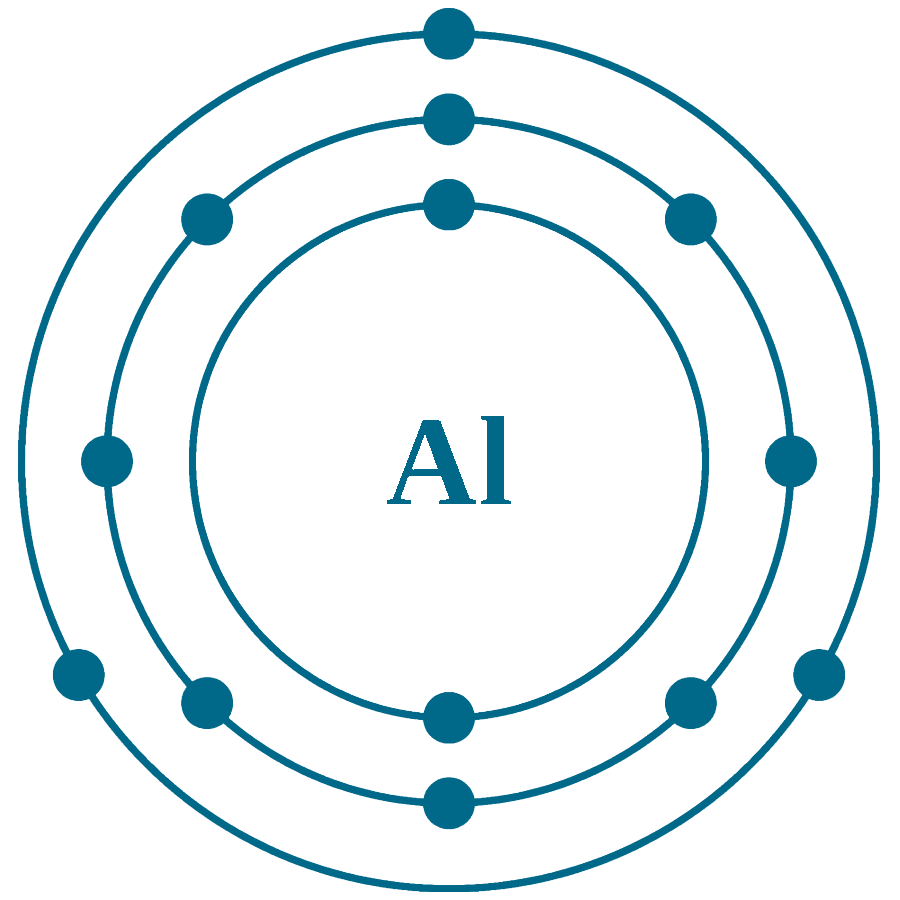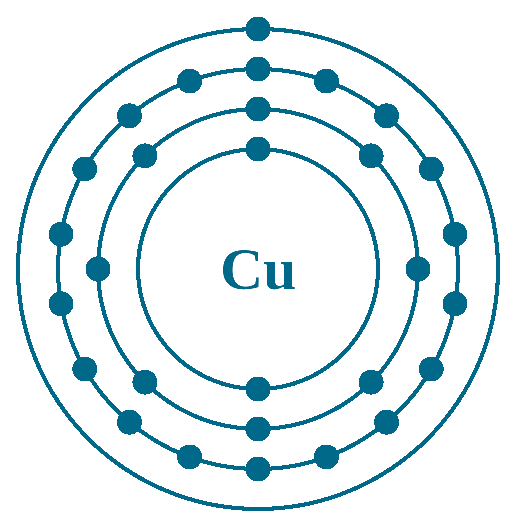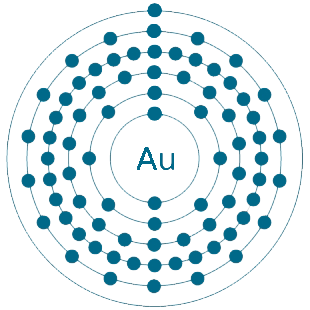- Discoveries - Inventions - New technical development |
| Home | Scientific discoveries | Invention | New technical developments | Electrical machinery | Military developments | The Solar System |
| Power Plant | Car engines | New laws of physics | Hydrodynamics | New mathematical formula | Philosophy | Comments |
| formation of planets in our galaxy formation of planets in our galaxy electrical phenomena hydrodynamics cavitation heaters modular wind turbines and technological discoveries mechanism of rotation of planets |
UDC 531.5 The force of interaction between mobile electrons and atoms of a nuclear-free conductor.Annotation. The article is devoted to a new law of the force of interaction between mobile electrons and stationary nuclear-free atoms of a conductor associated with a new law that determines the force of interaction of electrons located at different levels of the interatomic space of nuclear-free conductor atoms of electric charges. The medium of the interatomic space of non-nuclear conductor atoms does not contain a nucleus and consists of electrons located at different levels with different diameters, different densities and different interaction forces. The force of interaction between mobile electrons and stationary nuclear-free atoms of the conductor depends on the mass of the conductor's electrons, their density, their energy and the structure of the substance of the interatomic space of the nuclear-free atoms of the conductor located in an environment where there is an acceleration of free fall of bodies in space, which makes moving electrons move along the spiral of a stationary nuclear-free conductor.
Mankind has always been interested in natural phenomena that took place on planet Earth. Many modern scientists and thinkers of antiquity have long been interested not only in the device of the structure of matter consisting of atoms, but also in the mechanism for the movement of mobile electric charges along a conductor. Despite the many discoveries in the field of physics, electronics and electrical engineering, there are still many questions that need to be answered. Some scientists and thinkers of antiquity were very close to solving this natural phenomenon. For example, the French philosopher, mathematician, physicist and physiologist René Descartes, in his philosophical treatise published in 1637 in Leiden, said that the world is nothing but moving matter of various kinds. Matter consists of elementary particles, the local interaction of which produces all natural phenomena.
For example, even in the 5th-6th centuries BC, Leucippus and Democritus expressed the idea of an intermittent granular structure of matter and the establishment of the divisibility limit of matter - an atom, and in the Middle Ages in 1121-1122, the Arab scientist Algatsini wrote a treatise - "The Book of the Scales of Wisdom" , which was medieval physics. This treatise contained tables of specific gravity of solids and liquids, descriptions of experiments on weighing air.
The French physicist and military engineer Charles Augustin Coulomb established the basic law of electrostatics back in 1785, and in 1788 extended it to the interactions of point magnetic poles. However, it should be emphasized that even in those distant times, Charles Augustin Coulomb had already established that electricity propagates along the surface of a conductor, and does not pass through its cross-section of the conductor, as some modern scientists currently claim.
Before expounding the new law of the force of interaction between mobile electrons and a stationary conductor, it is necessary to understand the structure of a conductor, which consists of atoms that do not have an atomic nucleus. Inside the atoms of the conductor, which does not have an atomic nucleus in the interatomic space, there are electrons of different diameters, different masses, different densities, which are located at different levels and are interconnected by interaction forces.
It should be emphasized that many modern scientists are convinced that various metals, through which electric charges pass, consist of atoms having a nucleus in their structure, around which electrons are placed at different levels, connected by forces of interaction. Many modern scientists are convinced that when electrons move from one atom of a conductor to another, positive charges, called holes, arise. I want to greatly disappoint these scientists, since there are no holes in any conductor, and the electrons of the atom of any conductor cannot be moved anywhere or replaced with anything, since it will already be a different conductor with different physical and chemical properties. This erroneous statement of modern scientists has been completely refuted by the new laws of Belashov.
It is necessary to emphasize that there is no nucleus inside each atomic space, but in it, indeed, at different levels there are different numbers of electrons, which are interconnected by the forces of interaction. In fig. 1 shows an aluminum atom, in Fig. 2 shows a copper atom and in Fig. 3 depicts a gold atom which has different physical and chemical properties. Fig. 1
Each of these metals conducts electric charges on its surface well at different speeds. However, when the same amount of electric charges pass over the surface of a conductor having the same diameter, the losses to thermal radiation and the internal resistance of these conductors will be different. This difference depends on the density of the intra-atomic space of each metal, the size of the electrons, the density of electrons that are located at different levels and the density of the atoms themselves.
The first question that any sane observer may have is the size of the atoms of different metals. If they are equal, then how are different numbers of identical electrons located at different levels in the same volume? Based on logical considerations, it can be seen that the electrons of different atoms have different sizes and different interactions with each other. The electronic theory does not give unambiguous answers to these questions, but they can be answered now after the discovery of the constant of the substance of outer space, which is presented in a popular form in the scientific and practical journal "Higher School" No. 17 for 2017. List of the most current scientific discoveries.Here you will learn about the discovery of the basic laws of the universe: Opening new constants:
Discovery of new physical quantities:
Refutation of old laws of physics:
Discovery of new physical phenomena of the material world:
Outer space is a thermodynamic self-regulating energy system, which in the process of its work creates not only the substance of outer space, which has its own composition, its mass and density, but also the acceleration of free fall of bodies in space around all the stars, galaxies and constellations of our Universe. The substance of outer space and the acceleration of free fall of bodies in space closely interact with the forces of gravity and energy between active and passive material bodies. After the discovery of the constant inverse speed of light, the constant of the substance of outer space, the constant of internal stresses of the substance of outer space, a new physical quantity that determines the substance of outer space and a new physical quantity that determines the acceleration of free fall of bodies in the space of the Solar System, the mechanism of rotation of the planets and galaxies of our Universe along the elliptical orbit. The mechanism of the emergence of forces that rotate the planets and galaxies of our Universe in an elliptical orbit occurs in cosmic substance and depends on the degree of activity of material bodies, their density, volume, the acceleration of free fall of bodies in space, gravitational forces and energy between active or passive material bodies. When the position of one material body located in the space of the solar system changes in relation to another material body, not only the gravitational force of this material body will change, but also its energy. New constants, new physical quantities and new laws give us the opportunity to gain a deeper understanding of the mechanism of rotation of the planets and galaxies of our Universe in an elliptical orbit.
New laws of gravitational gravitation: - discovered a new law of gravitation of one material body located in the space of the solar system,
The basic laws that create the movement of material bodies in an elliptical orbit.
- discovered a new law of gravitation of one material body located in the space of the solar system,
Comments on the scientific discoveries of Belashov:
See the description of the new laws of formation of the planets of the solar system and galaxies in our universe in the description of the application for an invention № 2005129781 dated September 28, 2005.
See the description of the mechanisms of formation of the planets of the solar system and galaxies of our Universe in the description of the application for an invention № 2005140396 of December 26, 2005. |
 Fig. 2
Fig. 2 Fig. 3
Fig. 3